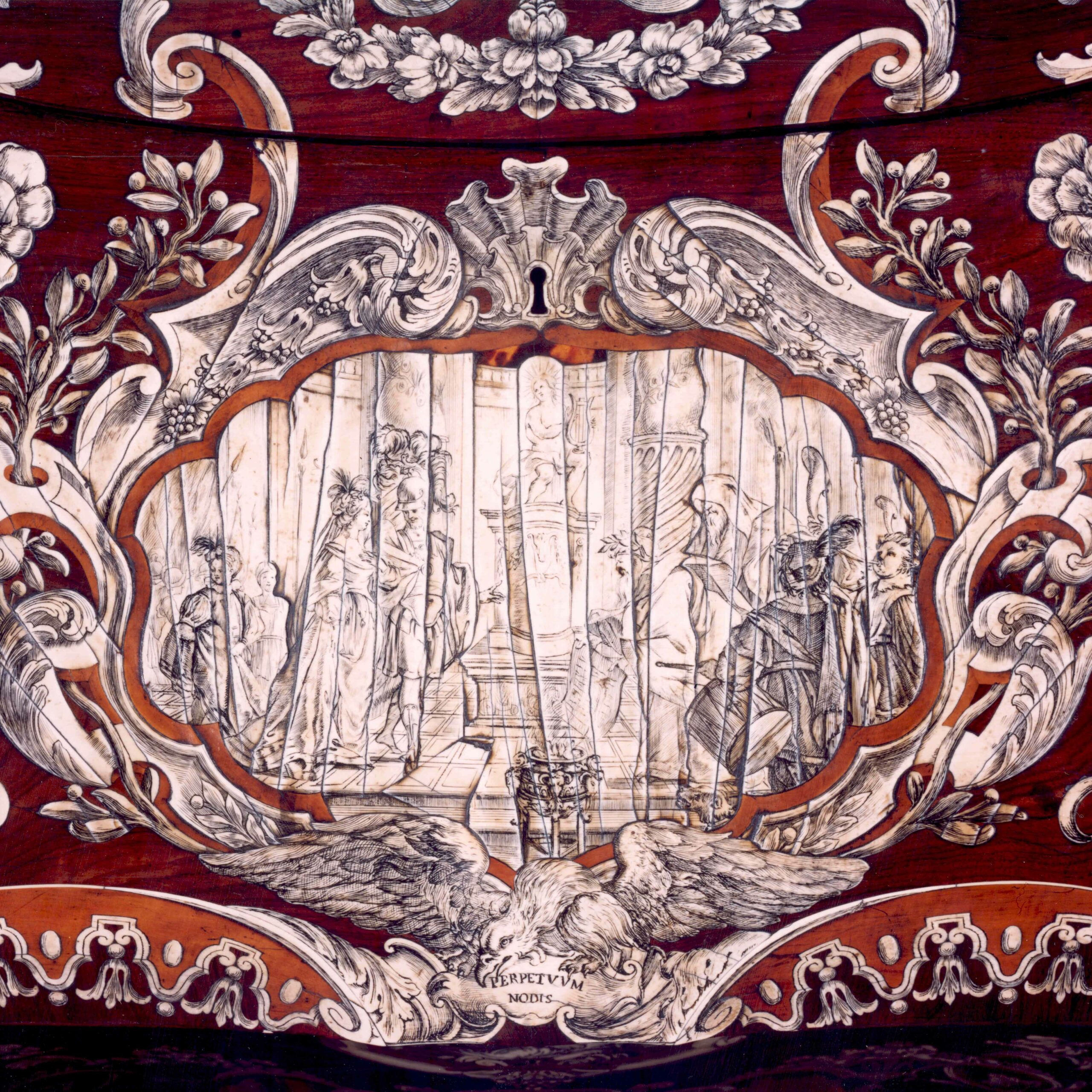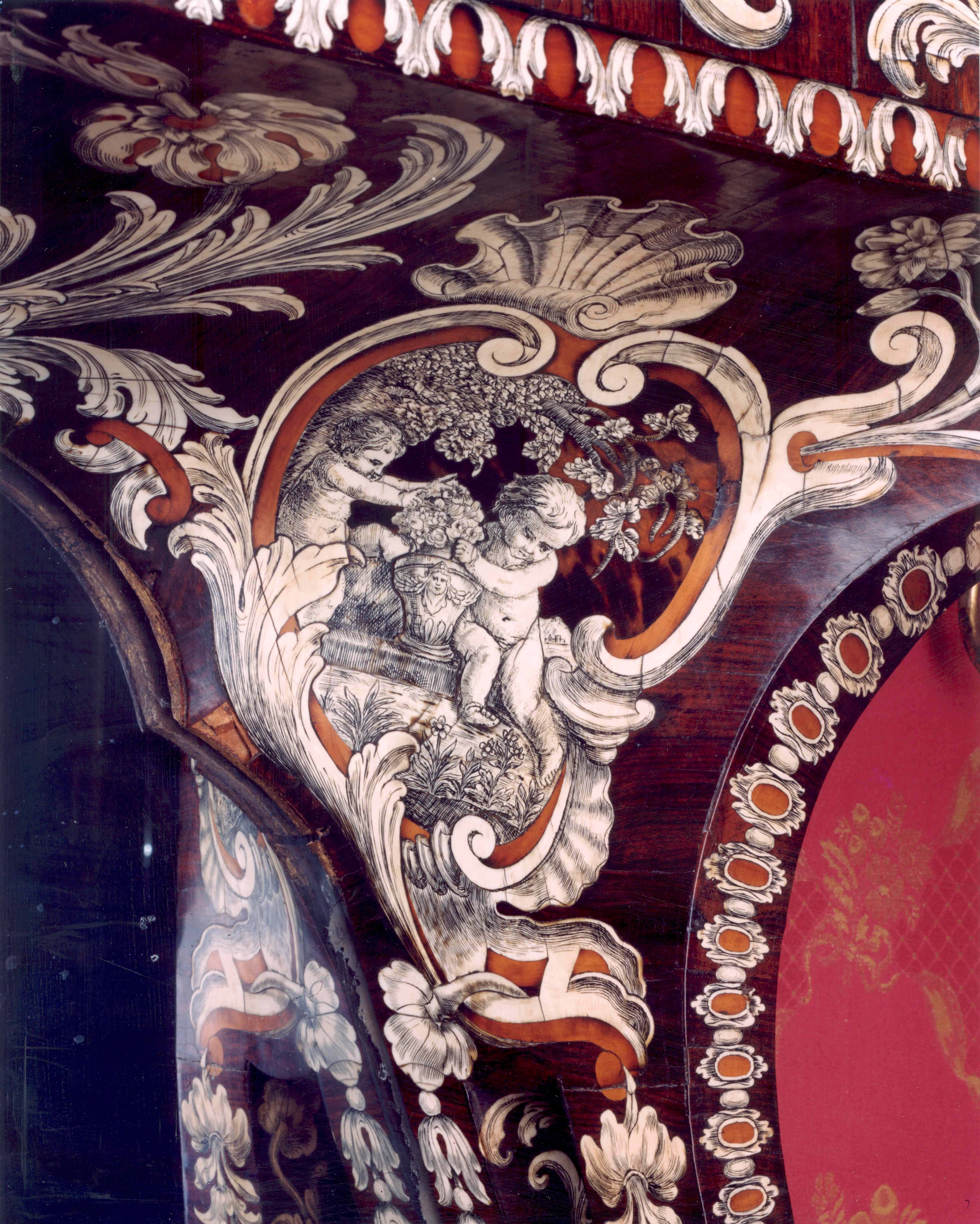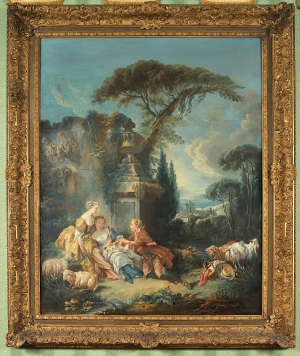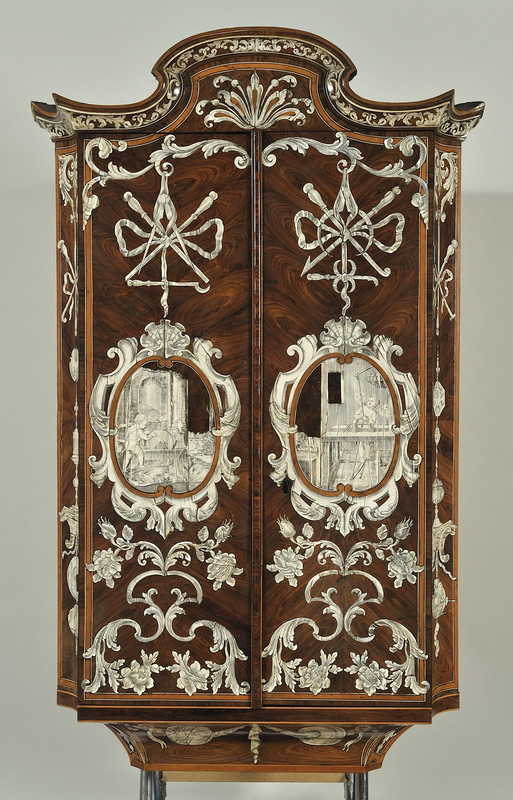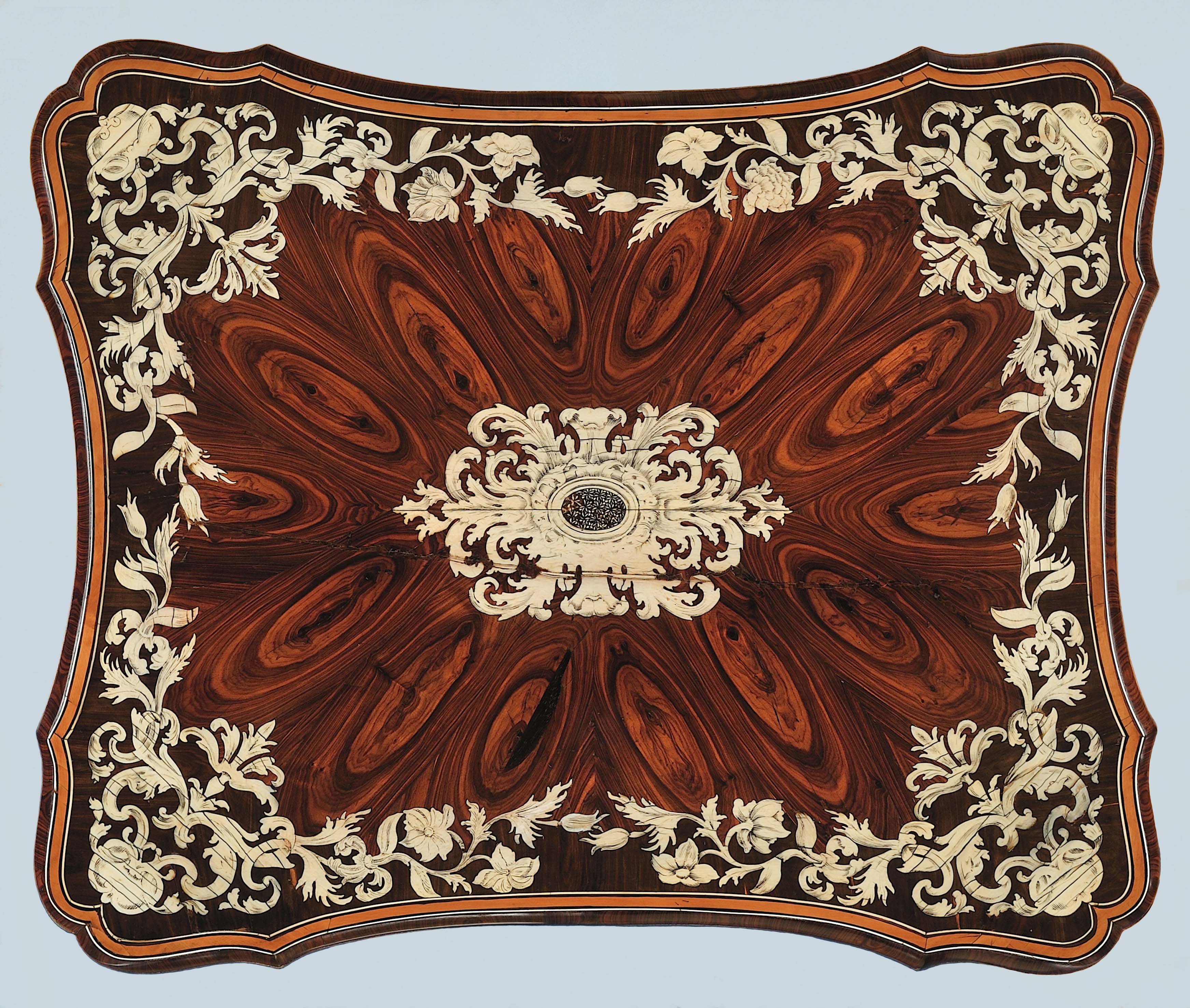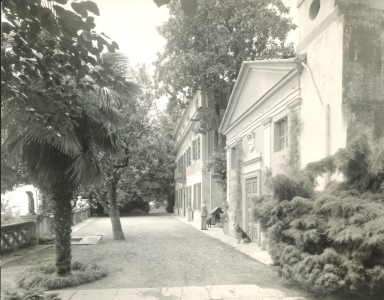Interview with Luca Mana
Head of Collections at the Museum of Decorative Arts Accorsi – Ometto
Pietro Accorsi (Turin 1891-1982), antiques between the two wars and the great Savoy collecting. How was his collecting taste born and developed?
Pietro Accorsi was born in Piazza Bodoni in Turin on 25 October 1891. The information we have about his childhood and later his education is fragmentary. Tradition has it that he was the son of porters, who at his birth obtained a job in the building at 55 Via Po, which was to become the building of Accorsi’s entire life. We know from the documents of the Ordine Mauriziano that he opened his first workshop in 1912, at the age of twenty-one, in a context that was that of Savoy, post-unification Turin, of the great Swiss industrialists called by Marquis Emanuele Luserna di Rorà, mayor of Turin from 1862 to 1865, who understood – when the city lost its role as the capital of Italy to Florence in 1864 – the need for Turin to have a new propulsive thrust, undertaking a programme of industrialisation and development. Accorsi began his activity by trading in medieval and Renaissance works. His conversion into a baroque art dealer – for which he is known in the collective imagination – took place in the 1920s, the day after the inauguration of the Museum of Furnishing at the Palazzina di Caccia di Stupinigi (today the Museum of Art and Furnishing), a museum entirely dedicated to the civilisation of 17th and 18th century furniture but also as a result of personal encounters – first and foremost that with Umberto II of Savoy (Racconigi Castle 1904 – Geneva 1983) – and business opportunities. Undoubtedly, even earlier, for Accorsi as for many other antiquarians, the great reconstruction work that began at the end of the 19th century in the former Savoy capital was fundamental, especially following the so-called ‘Naples’ law. It happened that, in 1884, Naples fell victim to a terrible cholera epidemic, as a result of which the Italian government passed an extraordinary law, which provided for the demolition of the old unhealthy medieval Italian quarters and the reconstruction of new buildings. Historical coincidence would have it that Giovanni Chevalley (1868-1954) – one of the architects in Turin responsible for implementing the law – had his studio in what we now call the Bric di Santa Brigida in Moncalieri, the very place where Accorsi in the 1920s bought Villa Paola, which was to become his official country residence and which, from the 1940s onwards, would gather the collection that today can be visited in the Museum inside the Foundation.
What are the key encounters in his career?
The important encounters in Accorsi’s career are certainly those that took place between the First and Second World Wars. Documents testify that he met Umberto II of Savoy in 1925, who opened the doors of the great Piedmontese and Roman aristocracy to Accorsi. The prince and the young antiquarian frequented each other between 1925 and 1931, sharing a great interest in antiques and above all in the history of collecting, so much so that Accorsi contributed to the creation of the Racconigi Castle picture gallery, which contains two thousand five hundred works covering one thousand years of Savoy history. Among the important personalities that Accorsi already met at the end of the 1930s were Pietro Badoglio, the Ford, Agnelli, Camerana, Rothschild, Sanvitale, Invernizzi, Crespi and Fossati Bellani families. Thus, the great industry of Piedmont and Lombardy, the great Italian and European aristocracy. Another fundamental meeting would later be with Donna Isabelle Sursock Colonna (Beirut 1889 – Rome 1984), married to Marcantonio II Colonna, of whom he would become a great friend. Very few people are aware that the so-called ‘Donna Isabelle’ flat in Palazzo Colonna in Rome was almost completely designed and furnished by Accorsi.
How important was the role of Giulio Ometto (Legnano 1942 – Turin 2019) in the realisation of the Museum of Decorative Arts?
It was fundamental to the realisation of the project that Accorsi had always dreamed of. The Foundation was established in 1975, with him alive. His legacy was the realisation of a decorative arts museum bearing his name. From 1982 to ’99, the various boards of directors searched for a suitable location to house the collection. Initially, Villa Paola was thought of, but still not very accessible today. Then, in the 1980s, the decision was made to ask the State for space in Villa Regina. Finally, the decision was made to adapt Accorsi’s old gallery at 55 Via Po as a museum in the second half of the 1990s. The collection in Villa Paola occupied seven rooms. The Museum, inaugurated in 1999, has twenty-seven, which preserve not only the objects left by Accorsi but also those collected by Giulio Ometto over the following years. This is why the Foundation and the Museum are named Accorsi – Ometto.
How is the Museum’s exhibition layout developed and what exhibits does it house?
The Museum is arranged by theme, with over three thousand works of art including paintings, ceramics, furniture, crystal and tapestries. Each room preserves a different style, a different type of object and furniture, according to traditional antiquarian classification. There is, for example, Baccarat crystal, Meissen porcelain, silverware. We have the music room with the Erard brothers’ forte-piano from 1818. The Louis XV drawing room with the French commode in Coromandel lacquer, and Louis XVI with the double body covered in ‘small-fired’ Pesaro majolica tiles. The drawing rooms with paintings by Vittorio Amedeo Cignaroli depicting hunting scenes of the Piedmontese nobility; the Piffetti salon dedicated to the greatest cabinet-maker of the 18th century, and that of the Chinese panels. The Bandera bedroom, the Venetian bedroom, and Accorsi’s personal bedroom, which holds the objects dearest to him, including a splendid canvas depicting the pleasures of country life by François Boucher. A museum itinerary that seeks above all to recount what his taste was, this ability of his to combine objects from different eras, different shapes, different colours, creating something new and unique.
The Museum’s highlight is the famous double body by Pietro Piffetti (Turin 1701-1777), considered by international critics to be ‘the most beautiful piece of furniture in the world’. What is the story behind its acquisition?
The earliest historical records of the piece of furniture date back to 1880, when it was exhibited at one of the many national fine arts exhibitions of the time. It belonged to the Reviglio della Veneria family, and was sold by them to Senator Sebastiano Balduino of Genoa in 1902. The Balduino family owned it until 1963, the year in which it was loaned to the second exhibition on Piedmontese Baroque, where Accorsi bought it, it is said on the advice of Umberto II of Savoy, who wanted it to return to the former Savoy capital. During this time, between 1902 and 1963, the piece of furniture was exhibited several other times in Turin: in 1928 at the Castello del Valentino, and in 1937 on the occasion of the first major exhibition on Piedmontese Baroque.
What are the special features of this piece of furniture?
The piece of furniture is dated and signed ‘Petrus Piffetti Inve./fecit et sculpsit/Taurina 1738’. In reality, we have little documentation of its early history. The structure is completely hollow, made of wooden panels fitted without glue or nails and enriched with carved ivory and tortoiseshell inlays, made to adhere to the surface with Cerbione glue, a glue experimented by Piffetti in 1738 and produced by boiling cattle cartilage, which in the 20th century would be called lamellar. As a piece of furniture destined to follow the Savoy family on their annual trips between the various Savoy residences, Piffetti perfected this absolutely innovative type, so that it would withstand changes in temperature and humidity and the wood veneer and inlays would not be damaged. It is an imposing, sumptuous work, perhaps commissioned for a wedding, as can be deduced from the symbolism of the scenes depicted. It is a kind of majestic musical instrument (it is said that Princess Barberini upon seeing it said, ‘I would never put it in the house! ‘, and Accorsi replied sharply: ‘In fact, it was not a piece of furniture for princes, but only for kings’); or, imagine it as a great piece of architecture, like a Baroque church by Bernardo Antonio Vittone, or Rococo architecture by Filippo Raguzzini: I am thinking of the beautiful scenographic backdrop of Piazza Sant’Ignazio in Rome, made up of five palaces of different shapes and sizes, which contrasts with the imposing travertine façade of the church (it is clear that Piffetti takes as a reference that particular type of architecture from the papacy of Benedict XIII Orsini (Gravina 1649 – Rome 1730), which coincides with the years of his Roman training that took place thanks to a scholarship from the Savoys); or on the other hand, it may remind of that slightly crumpled movement and sharp angles typical of certain Roman and Piedmontese architecture of the 1920s, which was by no means classical.
In Accorsi’s seventy years of activity, how has taste and the world of antiques changed?
Accorsi began as a dealer of Renaissance works of art. Then, in the 1920s, he too rode the wave of rediscovery of the Baroque, of popularisation, of democratisation of the Baroque, which matured following the nationalisation of the old imperial residences, of the old Savoy residences. However, from the 1940s onwards, Accorsi chose to no longer be just an art dealer, but to become a collector, and made Villa Paola the ‘treasure depository’, almost as if he wanted to stop in time in his own home a taste that he himself realised was changing. A sort of utmost fulfilment that he shared with a few select friends, such as Carlo Antonetto, Gianni Agnelli, Werner Abegg, people more or less of his generation.
And in the art-historical world, who were the people closest to him?
He had relations with Lionello Venturi documented by a series of expertise from the 1920s and 1930s, and a wonderful friendship with Vittorio Viale, Accorsi’s ‘wingman’ from 1930 to 1965, the years when Viale was director of the Musei Civici di Torino. When Viale left, Accorsi realised that things had changed, so much so that by the great portrait exhibition in 1969 by Luigi Mallé – who succeeded Viale as director of the Civic Museums – Accorsi was left out, because he was recognised as the expression of a monarchical Turin and Italy outdated in time. The same happened when Luigi Einaudi, appointed President of the Republic in 1948, called him to completely refurbish the representative flats of the Quirinale. When Einaudi died in 1955, all that he had created was soon erased. Accorsi was an expression of a Savoyard Piedmont that slowly took a back seat after the end of the Second World War.
What kind of public is interested in this museum?
A museum of decorative arts is a niche museum. Italians are very fond of the two-dimensionality of paintings, so trying to get them interested in furniture and furnishings is not so easy. Our public has its roots in the 20th century; a public of devotees that we sympathetically call ‘la sabaudaji’. It is a sort of museum of ‘aristocratic innocence’ of the highest level, rich in memories, romantic, because it has stopped in time a certain taste that today is difficult to recount and replicate. A Piedmontese figurative civilisation that no longer exists.

